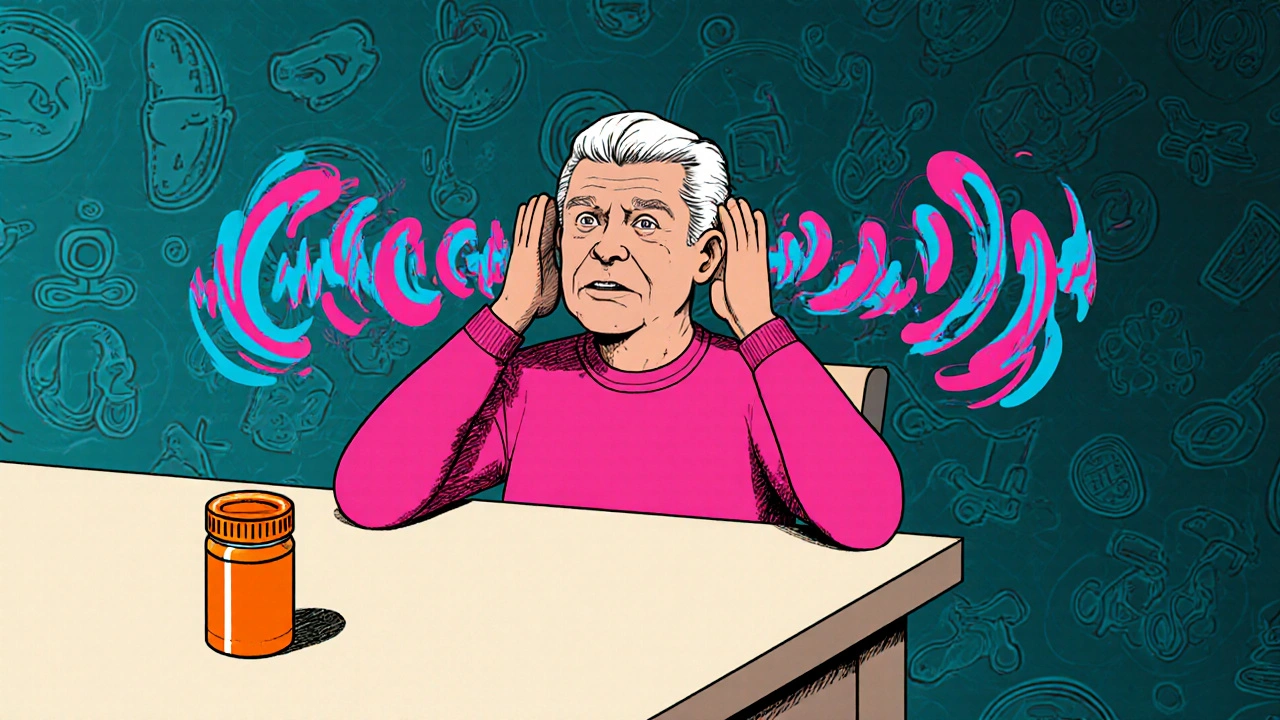Thiazide Diuretic – Everything You Need to Know
When working with thiazide diuretic, a low‑dose water pill that helps the kidneys flush out excess salt and fluid. Also known as thiazide‑type diuretic, it’s the go‑to option for tackling high blood pressure and swelling. Understanding how a thiazide diuretic works can empower you to manage your health better.
At the core, thiazide diuretics block the Na⁺/Cl⁻ transporter in the distal convoluted tubule. By stopping sodium re‑absorption, they pull water along, which drops the volume of fluid in your bloodstream. This drop directly reduces arterial pressure, making the drug a cornerstone for hypertension, persistent elevation of blood‑pressure readings that strains the heart and vessels. In plain terms, less fluid means less force on the walls of your arteries.
Because they cut down fluid buildup, thiazide diuretics shine in treating edema, swelling caused by excess fluid in the tissues, often seen in heart‑failure or liver disease. Whether the swelling is in the legs, abdomen, or lungs, the drug’s water‑pushing action eases discomfort and improves organ function. It also helps prevent the formation of certain kidney stones, hard mineral deposits that form when urine is too concentrated with calcium and other salts by lowering calcium excretion.
Common brands you’ll hear about are hydrochlorothiazide and chlorthalidone. They differ mainly in how long they stick around in the body – chlorthalidone lasts a bit longer, which can be handy for once‑daily dosing. Typical doses start low (12.5‑25 mg for hydrochlorothiazide) and are adjusted based on blood‑pressure response. Most people notice a modest drop in systolic pressure within a week, but full effect can take a month.
Side effects, however, are part of the package. Because the drug pushes electrolytes out with the water, electrolyte imbalance, abnormal levels of potassium, sodium, magnesium or calcium in the blood is a frequent complaint. Low potassium (hypokalemia) can cause muscle cramps, fatigue, or irregular heartbeats. Some patients also develop hyperuricemia, which may flare gout, and a slight rise in blood‑sugar that matters for diabetics.
Monitoring is simple but essential. Check your blood‑pressure at the same time each day, weigh yourself weekly, and keep an eye on swelling. Labs should include sodium, potassium, bicarbonate, and creatinine every few months, especially after dose changes. If you feel dizzy, light‑headed, or notice a rapid weight loss, it may signal dehydration – a cue to adjust fluid intake or dosage.
Drug interactions can boost or blunt the diuretic’s effect. NSAIDs (like ibuprofen) may blunt blood‑pressure reduction, while lithium levels can soar, risking toxicity. ACE inhibitors and ARBs often pair well, balancing potassium loss, but they require closer lab checks. Always tell your pharmacist about over‑the‑counter meds or supplements.
Special populations need extra care. Older adults are more prone to low sodium and falls, so start at the lowest dose. During pregnancy, thiazides are generally avoided because of potential fetal growth concerns. In chronic kidney disease, the drug remains useful until the glomerular filtration rate falls below ~30 mL/min, after which the effect wanes.
All this info sets the stage for the articles below. You'll find deeper dives into how thiazide diuretics curb hypertension, manage edema, handle electrolyte shifts, and interact with common meds. Use this foundation to decide which piece fits your situation and to ask smarter questions at the pharmacy or doctor’s office.
Hydrochlorothiazide and Tinnitus: Is There a Real Link?
Explore the possible connection between hydrochlorothiazide and tinnitus, review evidence, risk factors, and steps to take if ringing occurs.
